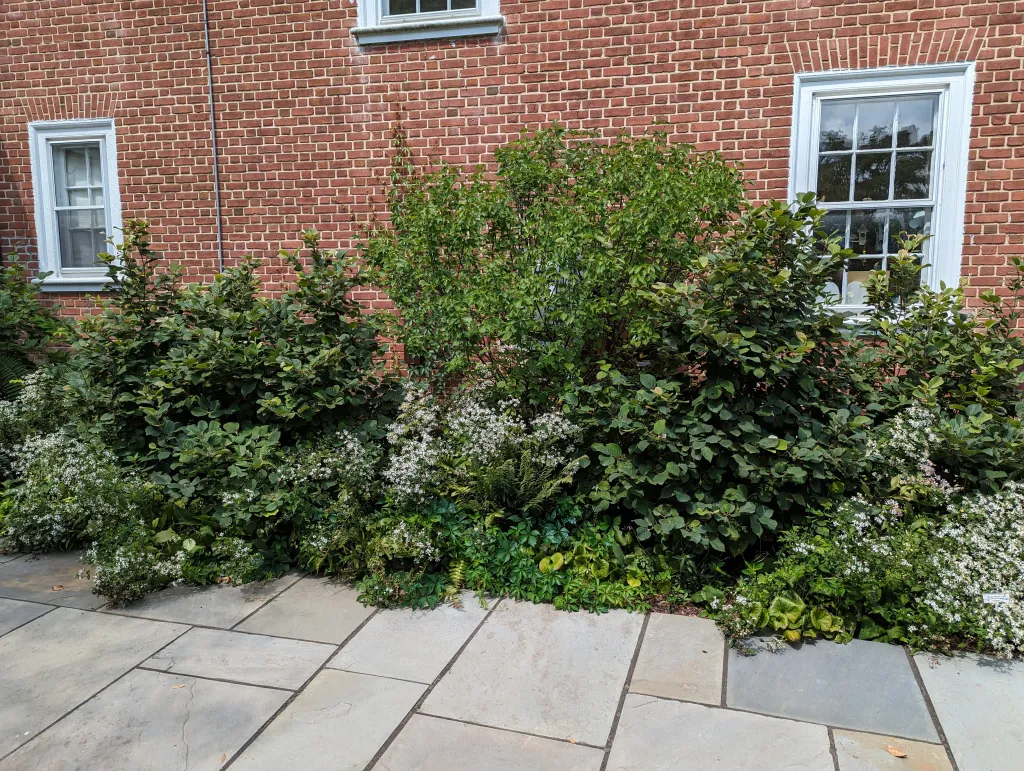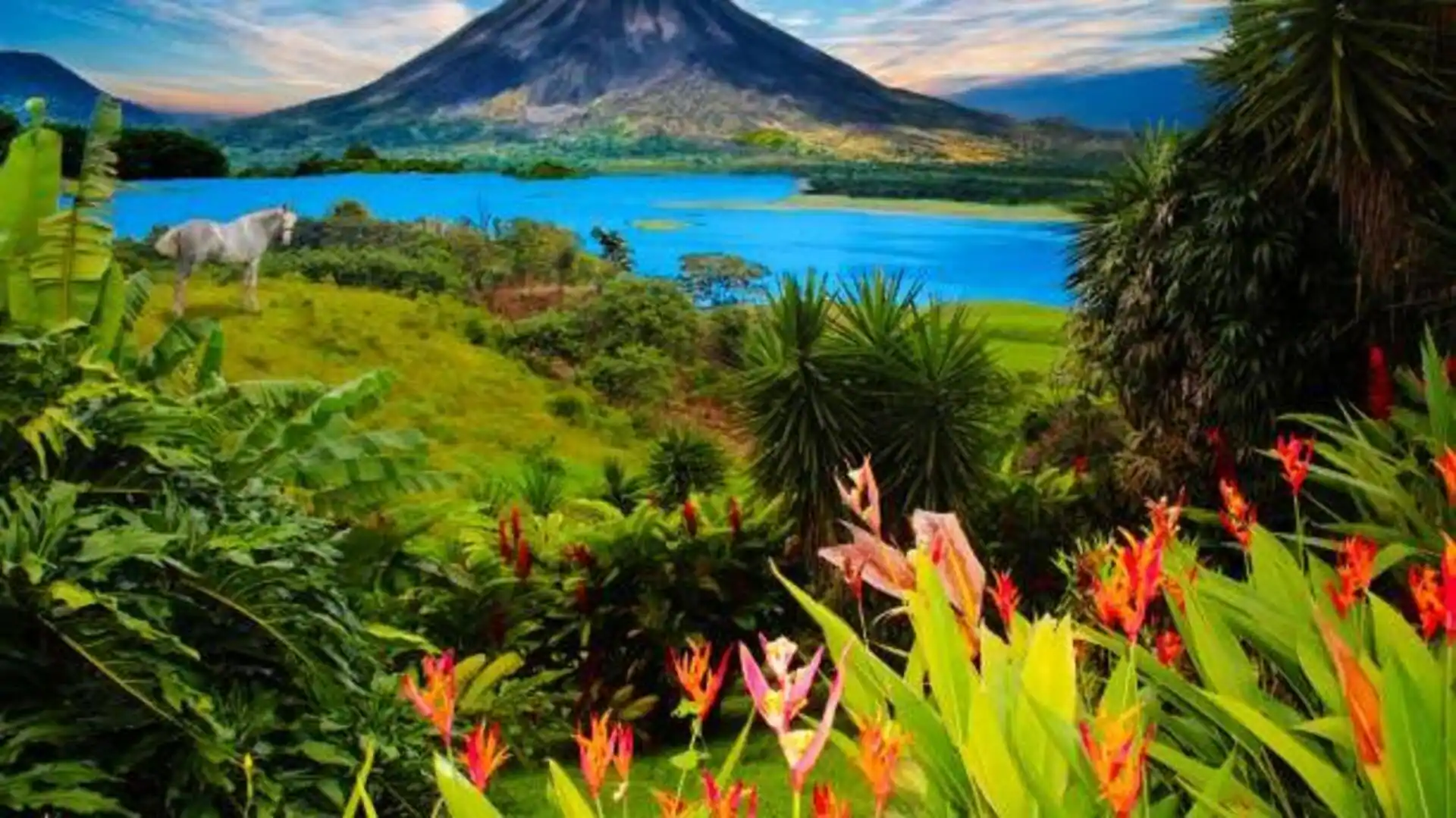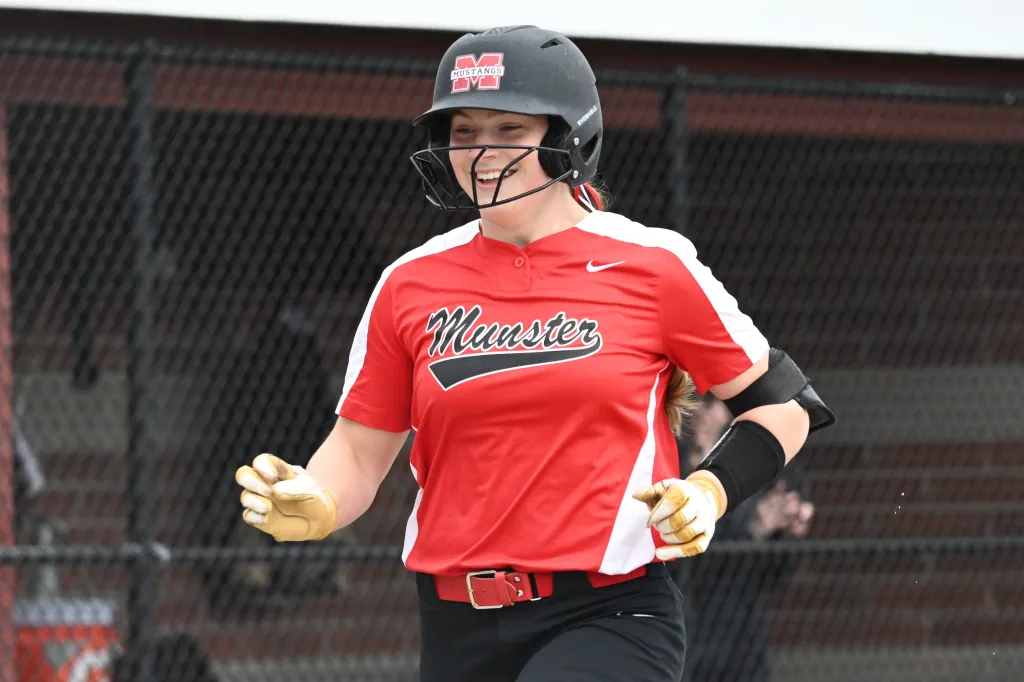Copyright Baltimore Sun

Q: News about species decline is depressing, and I am noticing fewer insects than I remember from my childhood. How can gardeners ensure their ecosystem impacts are helpful and not harmful? Many actions can benefit the environment and reduce the impacts of development and habitat loss. I recommend diversifying the landscape, reducing or eliminating pesticide use, and protecting the watershed. Where space, budget, and your energy level allow, devote at least part of a home landscape to growing native plants.Start small, and remove invasive species and create or amend plantings by incorporating natives. The “right plant, right place” approach goes a long way. If possible, source those species locally – that is, find suppliers that propagated the plant from seed that originated within your region (a local “ecotype”). Garden for all seasons, with plants that provide food and shelter from weather and predators at various times of the year. Keep insects in mind since they comprise a very important and diverse part of the ecosystem. Mass plantings can be more attractive to some animals, but if that’s not practical in one space, encourage neighbors to connect a native plant patch to yours. Exposed soil can be a valuable habitat for ground-nesting bees and wasps, butterflies seeking supplemental nutrients, and other animals. Otherwise, protect bare ground from erosion with plant growth or a biodegradable mulch, such as wood chips or fallen leaves. Pesticides and unused fertilizer nutrients that bind to soil can be washed away with erosion, and the sediment itself also degrades stream quality – both pollution sources that can be reduced with good stormwater management. Try to keep rain and irrigation runoff all on your property, where plants have a chance to filter and clean it before it soaks into groundwater or joins nearby waterways. If any pest or disease issues arise, get help diagnosing the plant before taking any action, including using organic pesticides. You want to ensure that: intervention is actually needed to help a plant recover; the right material is used to control the pest in question; and the application is made at the right time, based on the pest’s life cycle. Fertilizer pollutes too, especially when it’s overused. Most established plants, native and non-native alike, should not need regularly-added nutrients. Use laboratory soil testing services if you suspect a nutrient deficiency is affecting plants.Leave fallen tree leaves (and plant debris that did not have a severe disease outbreak) to recycle those nutrients back into the soil and to add habitat. Q: Regularly applying deer repellent is getting tiresome. Any other tips for discouraging deer damage to the garden? Unfortunately, the only recourse is to convert more plantings to less palatable species or to put up fencing. Deer can grow accustomed to often-used deer repellents that give treated plants a taste or smell they’ll usually avoid, though switching products periodically may keep them wary. Hungry deer sample or eat anything; take deer-resistant plant lists with a grain of salt. The problem worsens as natural areas get inundated by unpalatable invasive species and as development removes habitat, especially without an increase in other control measures like hunting or reintroducing natural predators. Some repellents are soil-applied or granular instead of a spray, purportedly with a longer efficacy period or absorption by the plant so they don’t need reapplication after rain. However, I am not aware of any scientific trials that support these claims or any reliable effectiveness beyond spraying. We don’t know what impact a systemic repellent may have on organisms feeding on the plant’s leaves, nectar, or pollen, like insects and hummingbirds. The most reliable deer exclusion method is fencing. University of Maryland Extension’s Home and Garden Information Center offers free gardening and pest information at extension.umd.edu/hgic. Click “Ask Extension” to send questions and photos.



